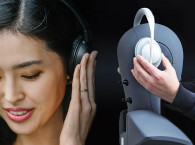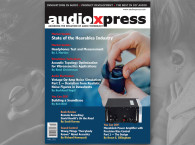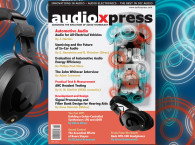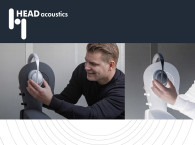
Active noise-cancelling headphones are designed to electronically remove the sound coming from your surroundings. They work by using internal microphones that listen to what’s happening in the world around you, inverting the noise, and sending it into the loudspeaker. The idea is both the output and the input will cancel out, leaving you with near silence — or to whatever you choose to listen.
Active noise cancellation (ANC) in headphones has been available for several years and has seen significant improvements in the amount of peak attenuation achievable. Today, ANC is used in many different scenarios, including for users who want to shut themselves off from their environment and avoid unwanted background noises (e.g., when traveling by plane, bus, or sitting in a noisy room). That is why users turn the ANC to maximum. Alternatively, users still desire maximum noise cancellation but want to play back audio files such as music, news, or podcasts at the same time — or simply have speech in a phone call. This article focuses on these two scenarios and investigates how can we gain better data to draw stronger conclusions about the ANC performance?
This article was originally published in audioXpress, October 2018.
Read the complete article now available online here.







